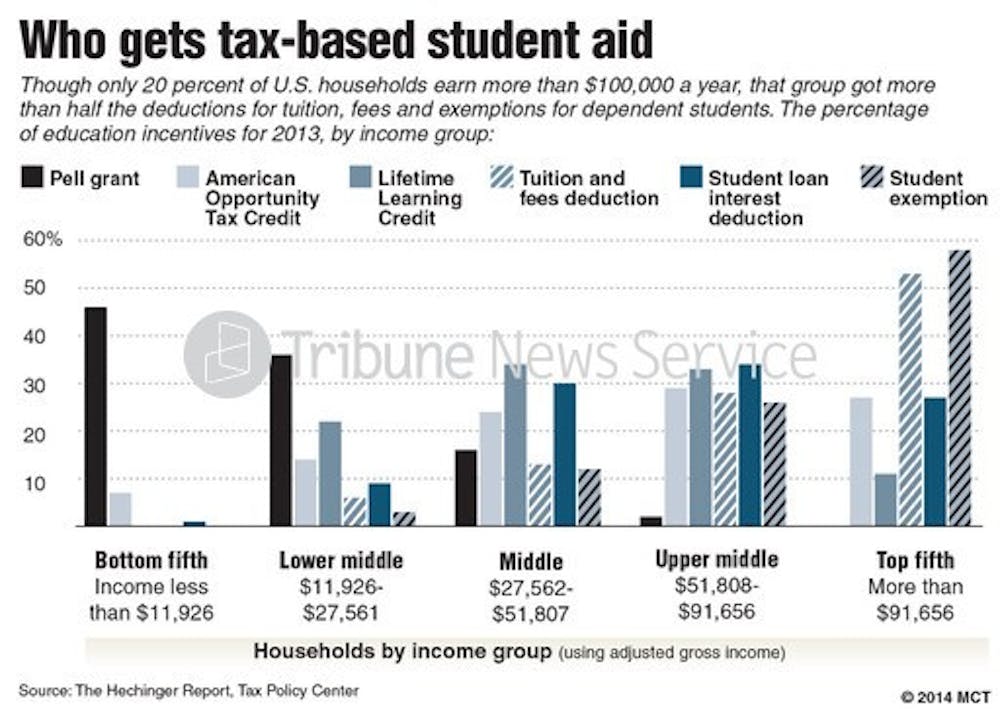U.S. Sen. Brian Schatz, D-HI, introduced the Debt-Free College Act of 2018 last month, which would increase higher education opportunities for students without debt and increase Pell Grant eligibility.
The bill states it will establish a partnership between federal and state governments that creates a dollar-for-dollar match to state higher education appropriations in exchange for a commitment to helping students pay for college without taking on debt.
The bill also amends the Higher Education Act and increases Pell Grant eligibility for Dreamer students, who were younger than 16 when they were brought into the United States illegally and have actively worked to complete or have completed a high school education with plans for higher education.
The bill, introduced on March 22, has eight Senate co-sponsors and 23 House co-sponsors — all of which are Democrats.
“After the recession, states cut their investment in public education while college costs continued to rise,” Schatz said in press release. “We’re at a point now where the full cost of college is more than twice as much as tuition, which is why solutions to the student debt crisis need to focus on the full cost to students and their families. My bill brings states back to the table and leverages federal dollars to reinvest in public education and help the people who need it most.”
Last year, Pew Research Center found about four in 10 adults under age 30 have student loan debt. Pew also found the median borrower in 2016 owed $17,000 for their education.
Schatz said in his press release college debt has increased 170 percent since 2006 and now exceeds $1.4 trillion dollars, second only to mortgage debt and credit card debt.
Amanda Roberson, assistant director of research and policy for the Institute for Higher Education Policy, said in a statement the Debt-Free College Act addresses the unmet financial need for low income students by prioritizing aid funding for Pell Grant recipients.
She said while Pell Grants provide critical financial support for students in need, the amount has lost much of its purchasing power and the maximum award now covers the lowest portion of college costs than at any time in the programs history.



